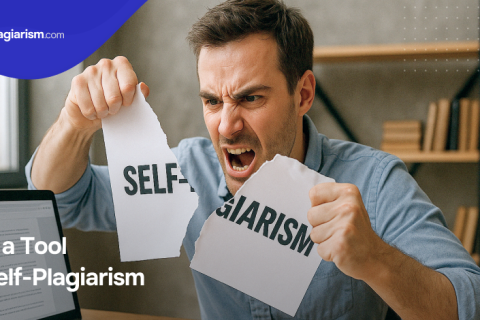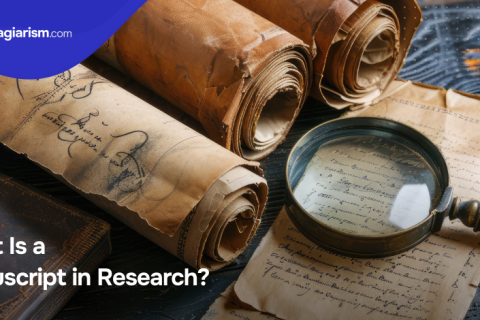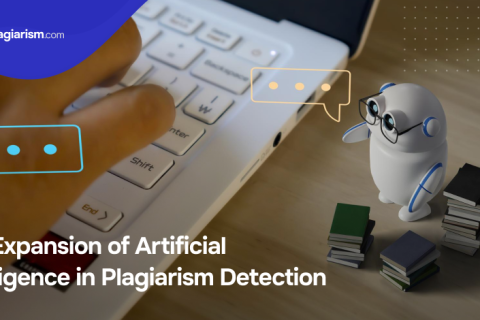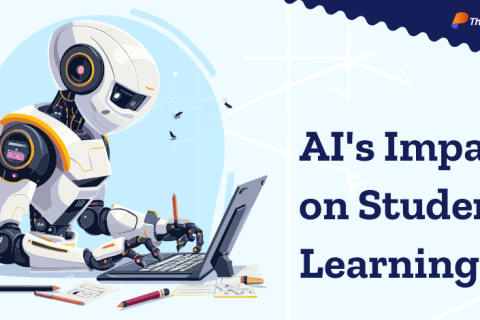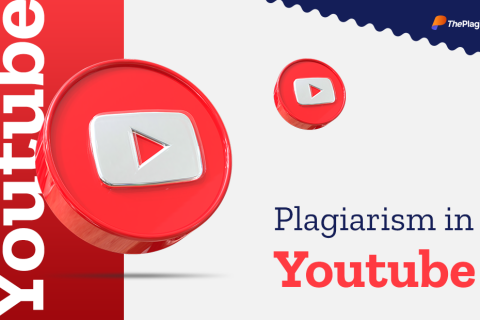How to Write a Plagiarism-Free Research Article?
17 Aug 2022
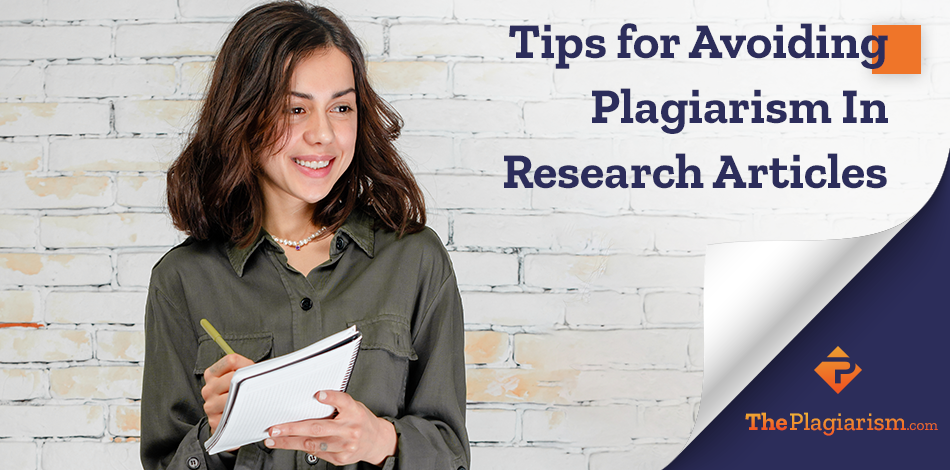
It is a common misconception that it is as easy as ABC to write a research article from the first attempt and make it perfect. You do want your paper to be strong, but are you sure you know how to use the previous findings and incorporate them into your own research without any copying? It is a real challenge to give sufficient evidence but steal no thoughts from other researchers. Whatever you take without permission: an apple from a supermarket, a wallet out of someone’s pocket, or an idea from the text of another author, it is an act that brings legal responsibility. For sure, if you doubt how to not plagiarize a research paper, you may commit theft, either voluntarily or by mistake. We do hope you are not one of those who believe that there is nothing wrong in plagiarism. Bear in mind: direct copying the ideas, even with elaborate paraphrasing, is a crime! So, let’s go through the principles of writing effective research papers and our helpful tips for avoiding plagiarism.
How Much Plagiarism Can Be Acceptable in Research Writing?
We would like to encourage you to treat using someone’s ideas with great respect and seriousness. There will no little value in your writing if you try to present the thoughts of other researchers as your own. One of the mistakes students make is getting an assignment, studying the requirements to it, and concluding that the paper is too specific to be unique. Please mind that even with numerous technical terms related to the topic, most of the teachers will answer ‘No way!’ if you ask them about some allowed percentage of plagiarism. The accepted norm is “Zero” and that stands to a good reason.
Teachers get disappointed when they get research assignments done with violations of writing standards. They expect you to get your own approach to the topic and demonstrate the skill of summarizing, analyzing the content, and making your own conclusions with giving due credit to the ideas of others. Have you decided to quote all the ideas you would like to use in your research? Quoting and citing is acceptable, but you should check on the rules accepted in your school. Typically, the percentage of quotations in research assignments should not exceed 20 percent. Be selective! Use only those quotes which add meaning and value to your own paper.
Take a step towards success in writing and originality in research and follow the tips we have prepared for you.
Valuable Tips on Easy Ways to Avoid Plagiarism
We are hopeful about the effect of our tips on your writing and we encourage you to avoid plagiarism at all costs!
Luckily, it is not complicated at all and our tips below will prove that!
- No copying! All key ideas should be paraphrased and cited
If you follow this simple rule, you will avoid a lot of troubles in your education. Make sure that you have some practice in changing the structure of the sentence and vocabulary to present the main points without plagiarism.
- Use reliable software for plagiarism check
It is convenient to make use of trustworthy tools for detecting plagiarism as it takes really little time and lets you see the problems and get effective solutions. Some plagiarism checkers are free, while others require a monthly or yearly fee. What should be your focus in searching for good plagiarism search software? Make sure that a tool can:
- check on formatting issues with citations in the text;
- detect both plagiarism from online sources and offline databases;
- help you get the results quickly and show the link to the source you have probably used;
- let you check your research papers for self-plagiarism (optional, if you need that).
- Make a list of good sources for research papers
If you use any research work, you should not only cite the idea properly, but also mention the source in the list of references. So, when a professor gets your article for checking, it will be convenient for him to check on the source of certain details in the content. APA and MLA referencing styles are the most typical among many, but you should check on the specific requirements to every paper to make sure you insert in-text citations and complete the list of references without any mistakes.
- Study the rules on the ideas which do not require citing
If the idea you would like to insert into your research paper is taken from the content of another source or even your own paper, it should be cited without any exceptions. Thus, you will have no plagiarism or self-plagiarism.
You do not have to cite:
- scientific evidence after experiments or tests
- common sayings
- common facts / knowledge
- easily observed facts
- Start writing early to have sufficient time for polishing the article
Some plagiarism can be unintentional and you have to check your paper thoroughly before it gets through the formal checking. If you are not confident about your knowledge or skills, try getting support from experts to ensure that the research report is plagiarism-free.
Nothing can jeopardize one’s academic performance or research career more intensively that plagiarism. It is absolutely unethical and you should learn how to write a research paper without plagiarizing. Seeking advice and guidance on how to ensure the originality of your writing, you will demonstrate your interest in the efficiency of your research. There is no excuse for neglecting the principles of exclusiveness in writing. If you engage with the writing process fully, you will be able to prevent the risks of being expelled or failing the courses. Falsifying the information, you will make an ethical violation and neglect the moral considerations; thus, the consequences for your reputation, career, and finances can be dreadful.
Every time you do research, set a goal of adding a new value with your exclusive thoughts and unique approaches to the problems. Only due diligence and focus on the unique nature of the article can pay a researcher in the long run.

